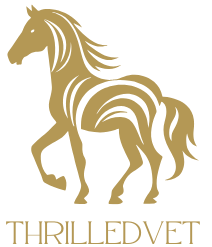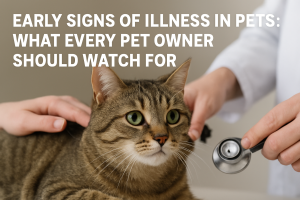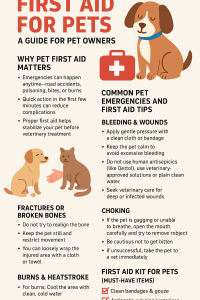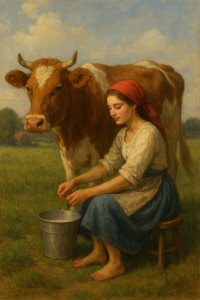Early Signs of Illness in Pets: What Every Pet Owner Should Watch For
Pets can’t speak—but their bodies do. Early detection of illness can be the difference between a quick treatment and a life-threatening emergency. The problem? Most pets are experts at hiding…






